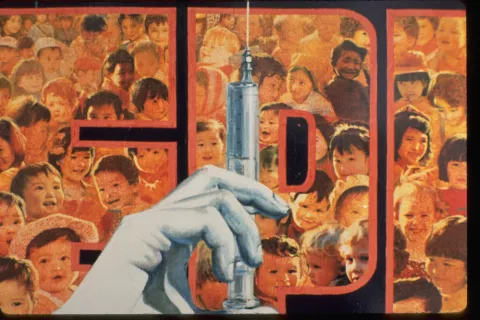In Focus: Immunization
Promoting and strengthening a life-saving investment

Highlights
Immunization is one of the world’s most cost-effective public health interventions, saving millions of lives each year, and protecting children from illness and disability.
Vaccines have helped to halve the number of child deaths worldwide since 1990 and represent a sound financial investment: every $1 spent on childhood immunizations returns an estimated $44 in economic and social benefits.
Despite the achievements of immunization programmes in the Europe and Central Asia Region in recent decades, reported immunization rates are uneven across countries — from as high as 98 percent in Albania to as low as 19 percent in Ukraine. The
regional average for Eastern Europe and Central Asia stands at 92 percent, still not high enough to protect all children from preventable diseases. What’s more, there was no improvement in coverage between 2014 and 2016. At national levels, disparities can be shocking, with the most vulnerable children often missing out on immunization.
Across the Region, more than half a million children have missed out on their routine measles vaccination, and many countries continue to face outbreaks of vaccine-preventable diseases that threaten the lives and well-being of children. Challenges to immunization include weak political commitment and health systems, ‘vaccine hesitancy,’ and concerns about the financial sustainability of national immunization programmes in middle-income countries.
UNICEF knows that the whole Region benefits when ALL countries achieve and maintain high vaccine coverage at both national and sub-national levels.






